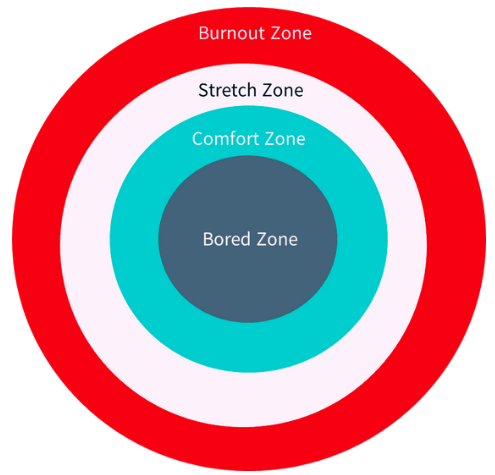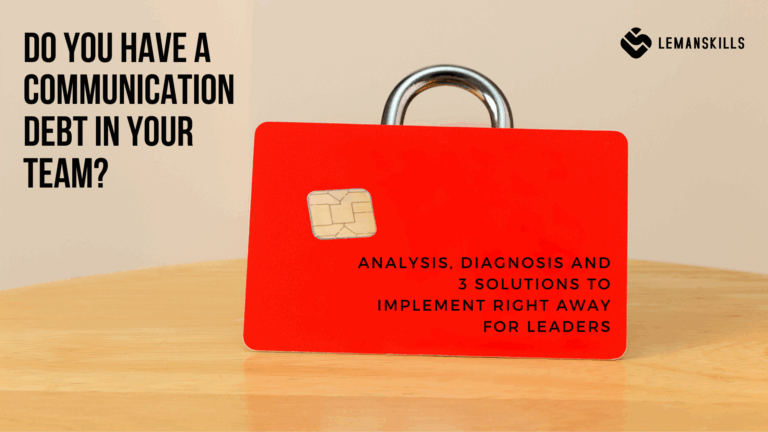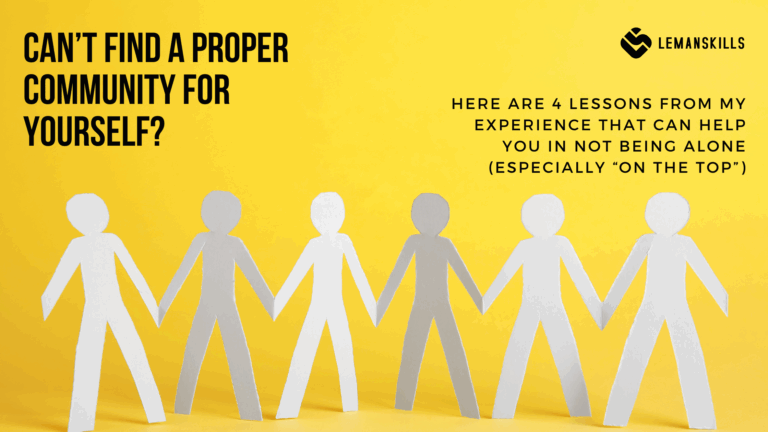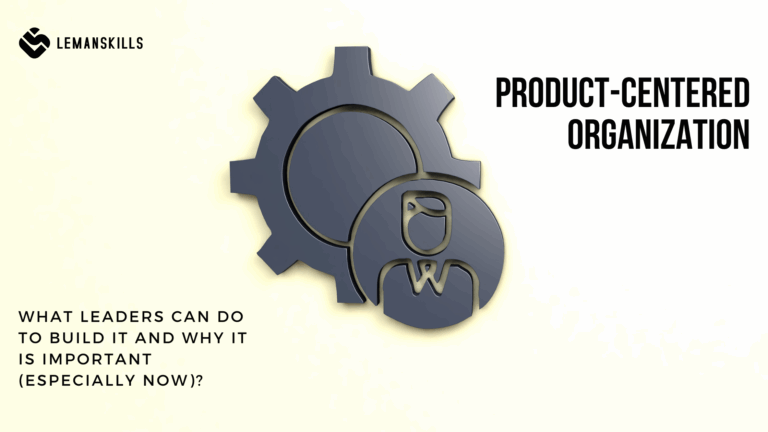I can risk a statement that most of us would like to spend time better. Be more focused, less distracted by the endless notifications on our phones or computers, countless e-mails and messages, other peoples’ needs and asks. To be more efficient and more effective – professionally and privately. What OKRs have to do with that?
OKRs are one of the best time/performance management tools that I know, use and teach. Today I would like to share that knowledge with you. It’s all about using our time wisely, on things that really matter and to measure the outcome, so we know that this energy is well-spend.
Let’s begin and know more about this creature.
What are OKRs?
OKRs are Objectives and Key Results.
Objectives are answering the question: “What I would like to do/achieve?”.
Key Results are answering the question: “How I am going to measure my success?” or “When will I know that I’ve achieved what I wanted?”.
Basically, it’s a really simple tool that supports us in focusing on the right things and giving us evidence that we constantly achieving what we aim for.
OKRs have several elements that are important to know for better understanding the whole idea before we move into the creation part. Here are 3 of them, the most crucial from my perspective:
- OKRs need to be simple and easy to understand. I don’t mean that they should be simple to achieve. I mean that they should be easy to understand, simple in their structure, so we can easily remember them. If you need to read your OKR three times to understand what it is about, you’re doing it wrong.
- OKRs need to be placed in the “Stretch Zone”. All of us can be in one of the four zones (especially applicable to the professional context): Bored, Comfort, Stretch and Burnout.

Bored Zone is when you are bored to death with your work. You do the same tasks all the time, answering the same questions every single day, solving the same problems. Don’t get me wrong – for some people it’s fine and they like to have structure and safety. But for some, it’s a straight way to feel burned out, bored all the time and loose their efficiency.
Comfort Zone is the most well-known one I think, thanks to this sentence: “you need to go outside of your comfort zone to achieve something”. True, but it’s not the whole story about this one. In the Comfort Zone we are Subject Matter Experts, we feel competent and comfortable in our scope of responsibilities, expertise or skills. We can work efficiently, without wasting time on things that are not in our area of expertise. Staying all the time in this one is not developmental, since we only use the knowledge that we already have and not learning anything new.
Stretch Zone is where the growth magic happens. When we stretch, we need to take an uncomfortable action from time to time, to learn new things, to grow, to meet new people. We are using our existing skills and we build new ones on them, to achieve different, extraordinary things. It requires courage, investing time to learn and keep attention on something new, but it’s worth the effort, since it is the place where we can actually grow and change our lives.
Burnout Zone is when we are in the Stretch or Bored Zone for too long. It can happen when we have a really monotonous work or when we have too much on our plate. We feel constantly overstressed, frustrated, tired – it can be different for all of us. We are not efficient, we can’t focus and sometimes we even can go into depression or other mental health issues, especially being here longer. And it can have a huge impact on our health.
From my experience, I would advice you to maneuver between Comfort and Stretch Zone – it’s the best configuration, taking into consideration the risk of going to far to the Burnout Zone and to not fall into the Bored Zone. Try to define what is comfort and what is stretch for you and move between those two to check how it work.
- OKRs are here for us, not we are for OKRs. This is a tool that should support us in focusing on the right things, those that really matter and to not waste time. By using it, we can put our priorities straight, spend our energy well and don’t distract ourselves with meaningful actions. Don’t be a victim or prisoner of the framework – if it starts to bother you, take a step back and check why it’s happening. Don’t give up too quickly, first try to get some answers and make some changes.
How can we use OKRs professionally?
OKRs are great if we use them well. The key is to understand that they cannot be business as usual tasks – since we need to stretch ourselves to achieve them. What’s the most important that Key Results are most of the time not actions that you are going to take. They are measurements that you use to see if you’re achieving your goals or not.
Let me give you some examples to visualize the whole thing.
Objective 1:
Grow my skillset from Specialist to Expert by the end of Q1 2023.
Key Results 1:
- Get 90% on the Change Management Practitioner certification exam
- Launch the new product for internal clients
- Increase the company usage of productivity app by 30% (from 40% to 70%)
Objective 2:
Improve managerial skills by the end of Q4 2022.
Key Results 2:
- Increase people survey rate in managerial area by 10% (from 60% to 70%)
- Conduct min. 3 feedback sessions witch each team member
- Decrease voluntary attrition rate by 3% (from 20% to 17%)
The Objectives can be big, should be ambitious. They can stay the same from quarter to quarter, we can only change the Key Results, to be applicable to the specific, individual situation. As included in the examples, measurements are here to support us with making sure that we are staying on the right track. Sometimes there are 0/1 situations (either I do something, or not), but I encourage you to find concrete numbers, indicators that will be influenced by your specific actions.
Once you have your goals and the specific results that you want to achieve, you can make a plan of activities that will allow you to gain what you want or need.
How can we use OKRs personally?
Professional area is more intuitive for us to use, since OKRs were made to support the business in tech world and might seem easier to use at work. But there are super useful not only in organizational area, but also in every other aspect of our life.
How can we use them? Let me give you some examples.
Objective 3:
Become the healthiest possible version on myself by the end of Q4 2023.
Key Results 3:
- Decrease my weight from 62kg to 57kg
- Run a 5km running competition in less than 30:00:00
- Drink 8 glasses of water every day
- Increase VO2max level from 38,4 to 42
Objective 4:
Become an early riser by the end of Q1 2023.
Key Results 4:
- Wake up at 6:00AM every day
- Go to bed not later than 10:30PM every day
- Get a buddy who will join early rising club with myself
- Don’t use any electronic devices at least 30 minutes before going to bed
As you can see – some of those Key Results are actions, some of them are clear measurements and we need to figure out what kind of activities we should take to reach them. Create a mixed list of Key Results will be the best option and I really encourage you to check if they are diverse, before moving to the planning part. OKRs can be a huge support for you if you are struggling with transforming your habits or building something completely new what will move you into another level of balance, living healthy and happy life or spend more quality time with people close to you.
The bottom line
OKRs can be extremely supportive in a professional and personal area. Thinking about the actual results you want to achieve, writing them down and creating the plan that will help you to spend your energy on the right things can be a life changer. Simplifying our lives in the world that is so complex, full of distractions and unnecessary things is a winning strategy.
Focus on what really matter, use your time and energy well, create a value for yourself and for others. Be brave and make uncomfortable actions in the Stretch Zone. That’s how you’ll change your life.




